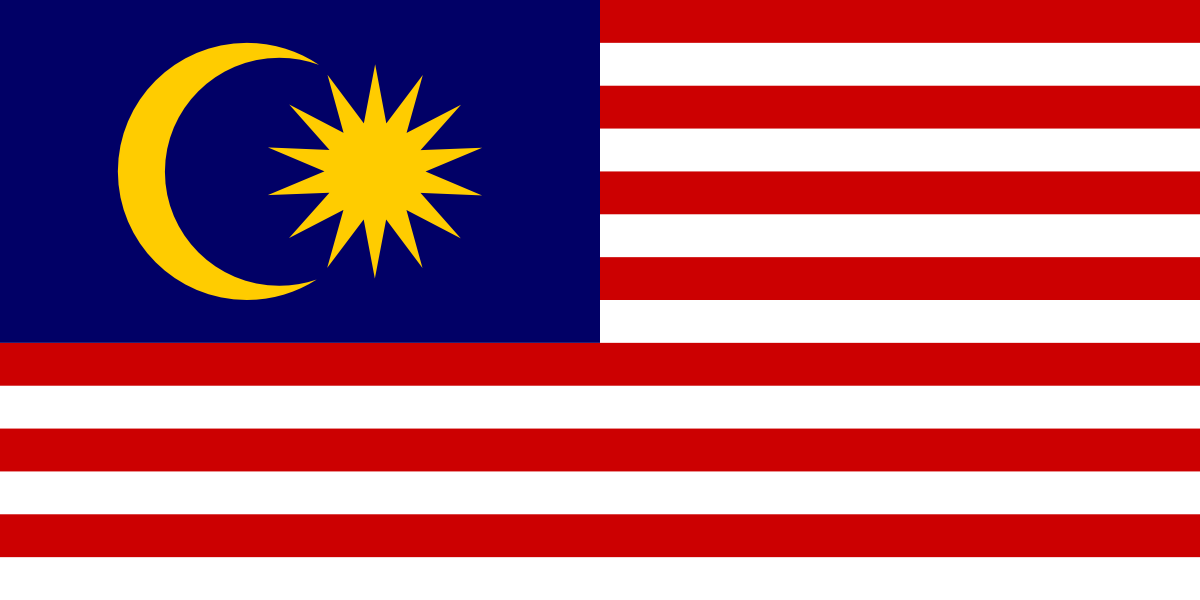First Aid Tips to Recover From Migraine
Posted by Just Fitter on
Introduction
Migraines are a pain in the neck and back, but there are some easy first aid tips that can help you recover from a migraine.
Try a cold compress.
Cold compresses are helpful in relieving pain and inflammation, so try applying one to your head, shoulders or neck. Apply it for 15-20 minutes at a time and repeat if necessary.
You can use an ice pack or an iced towel to help relieve migraine symptoms.
- Put pressure on it.
- Find the pain point by pressing directly on it (you may need to press hard). You'll know if you're in the right place when your finger goes all tingly and numb, which means that the nerve has been hit. It'll feel like there's someone tapping their foot on your forehead or something like that; don't worry about it! Just keep pressing until relief comes in waves or pulses of pain (or both).
Cold therapy has been a common measure since 1849. Today when you either try to get expert advice online or through know doctors cold therapy is considered a first aid for migraines. Online stores and Local pharmacy have different products which incorporate to cold therapy. Here are some products availabe online that will make cold therapy more efficient and easy to apply:
- Cold Therapy Migraine Relief Cap
- Migraine Ice Head Wrap Ice Pack Mask
- Cold compress Headache Relief Cap
Take a break.
The best thing you can do to recover from migraine is to take some time off work, computer, TV and other activities that might be keeping you from feeling your best. If it’s the middle of the day and you can’t get away from work for a few hours, consider going out for lunch or dinner with friends instead of staying cooped up at home in front of your computer screen all day long (or even worse—checking social media). When we're stressed out by our tasks and responsibilities we tend to rely on technology more than ever before as an escape mechanism—but when we are stressed out physically there's little room left in our brains for anything besides focusing on the task at hand. So if there's anything that would help take some pressure off your migraine symptoms then this may just be what it takes!
Keep a log of your attacks.
Keeping a migraine diary is one of the best ways to understand your migraines and what’s contributing to them. It will also help you identify patterns, triggers, and treatments that work for you.
Here are some tips on how to keep track:
- Make sure you have enough space on your calendar or journal where you can write down all of your migraines (and other medical events). You may want to consider getting an app that syncs with your smartphone so that it's always available in case of an attack. If not, use pencil and paper—just make sure it doesn't get wet!
- Keep track of when the last time was that you had a migraine headache (or other type). This can be tricky because sometimes people don't know exactly when their illness started because they don't remember feeling sick until later on in the day/week etcetera). However if someone has only been feeling bad for about half an hour then chances are high they've probably got a full blown migraine coming up within 3-4 hours time frame!
The best first aid is to avoid a migraine from occurring in the first place.
Diet and exercise are two ways you can reduce your risk of having migraines, but you should also take steps to manage stress, avoid triggers and take your medication on time if you get a migraine.
Conclusion
The best first aid is to avoid a migraine from occurring in the first place. If you have one and need help, don’t hesitate to reach out to your doctor or migraine specialist. They will be able to give you more specific advice on what steps need taken and what medications may help with your condition if they know about it beforehand (without having a headache!). Until then, remember these tips so that when an attack occurs
Reference
https://www.ncbi.nlm.nih.gov/pmc/articles/PMC1697736/
https://www.excedrin.com/migraines/treatment/ice-pack-for-migraines/









